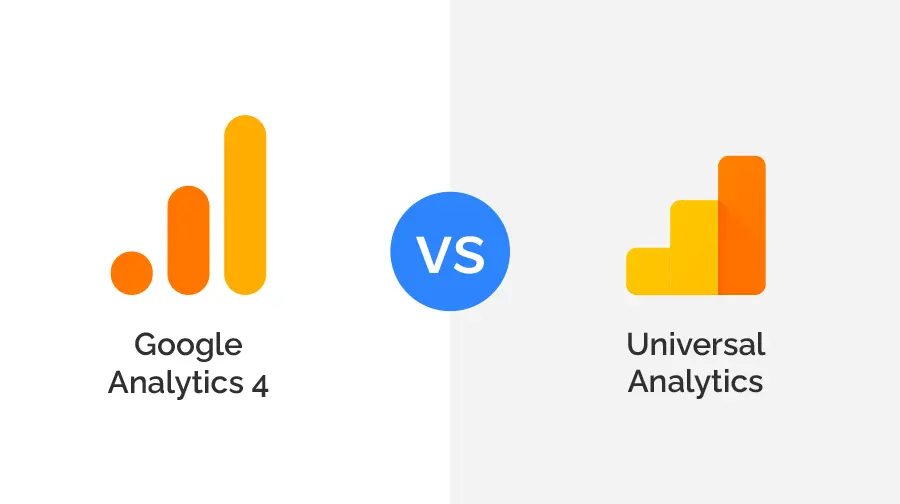One of the most common questions businesses and marketers ask is:
"How long does SEO take to show results?"
The short answer:
It depends.
The long answer: SEO is a long-term investment, and how fast you see results depends on your industry, competition, website history, content quality, and strategy execution.
In this 2025 guide, we break down what you can realistically expect in 1 month, 3 months, and 6+ months, with real-world scenarios and milestones.
What Factors Influence SEO Timelines?
-- Domain age and authority: Older domains with backlinks typically rank faster than brand-new websites.
-- Website health: Issues like broken links, poor mobile UX, or slow page speed can delay progress.
-- Competition: Ranking for “Dubai real estate” takes far longer than “organic vegan bakery in Sharjah.”
-- Content quality: SEO without valuable, original content will not bring sustainable results.
-- Backlink profile: Authoritative and relevant backlinks accelerate rankings.
-- Budget and effort: The more consistent your SEO efforts (technical, content, link-building), the sooner you see traction.
Month 1: Laying the Foundation
What to expect:
-- Full site audit to identify technical issues like crawl errors, broken links, slow load times, or mobile usability problems.
-- Keyword research and competitor analysis to understand where your opportunity lies.
-- Initial content plan for blog posts, landing pages, or service pages.
-- Implementation of basic on-page SEO like title tags, meta descriptions, H1s, and internal linking.
Results:
-- You might see indexing of new pages and a slight boost in impressions.
-- Don’t expect rankings or traffic growth yet — this is the setup phase.
Example:
A Dubai-based cleaning service fixes technical SEO and begins publishing weekly blog content. In 30 days, they start ranking on page 2 or 3 for long-tail keywords like “deep cleaning in Dubai.”
Month 2–3: Early Visibility & Crawling
What to expect:
-- Continued publishing of optimized content targeting relevant keywords.
-- Building backlinks through outreach, directories, or PR.
-- Optimization of Google Business Profile (if local SEO applies).
-- Fixing deeper site structure issues like duplicate content or poor internal linking.
Results:
-- Keywords begin to enter Google’s top 50 or top 20.
-- Slight increases in organic traffic and more impressions in Google Search Console.
-- Users may start finding your site through niche queries.
Example:
An e-commerce site selling eco-friendly stationery sees 50% more organic impressions and starts ranking in the top 20 for keywords like “plantable notebooks UAE.”
Month 4–6: Real Momentum Builds
What to expect:
-- Core pages (homepage, services, blogs) begin ranking on page 1 for medium-competition terms.
-- Blog content starts to generate long-tail traffic and backlinks organically.
-- You begin seeing improved click-through rates (CTR) and better engagement metrics.
-- Local rankings (Google Maps) improve if you've focused on location-based SEO.
Results:
-- Significant jump in keyword rankings and noticeable growth in traffic.
-- First leads, inquiries, or sales directly from organic search start rolling in.
Example:
A legal consultant in Abu Dhabi sees a 3x increase in leads from Google searches like “business license renewal advisor Abu Dhabi” after 5 months of consistent SEO.
Month 6+: Compounding Results & Authority Building
What to expect:
-- High-authority backlinks boost your site’s Domain Rating (DR) or Domain Authority (DA).
-- Your site now ranks for transactional and high-competition keywords.
-- Content repurposing and internal linking further enhance SEO gains.
-- You build topical authority and start becoming a go-to brand in your niche.
Results:
-- Monthly organic traffic may grow 2x to 10x depending on niche.
-- ROI becomes measurable — SEO starts converting into real revenue.
-- You begin to outrank competitors who aren’t investing as consistently.
Example:
A SaaS startup targeting “inventory management for small businesses” ranks in the top 5 nationwide and starts receiving over 1,000 organic visits per month with steady sign-ups.
Can You Speed Up SEO in 2025?
Yes — if you:
-- Fix technical issues early
-- Publish helpful, in-depth content regularly
-- Build high-quality backlinks (not spammy ones)
-- Improve site speed and UX for Core Web Vitals
-- Stay consistent and patient
But no amount of shortcuts will replace quality, strategy, and time.
Final Thoughts
In 2025, SEO still isn’t instant — and that’s actually a good thing. It means that if you commit, plan well, and execute consistently, you’ll outlast competitors chasing quick wins.
Here’s a realistic SEO timeline to keep in mind:
-- 1st Month: Technical setup, research, and planning
-- 2–3 Months: Early movement, crawling, and visibility
-- 4–6 Months: Real rankings, traffic, and leads begin
-- 6+ Months: Authority, ROI, and long-term impact




